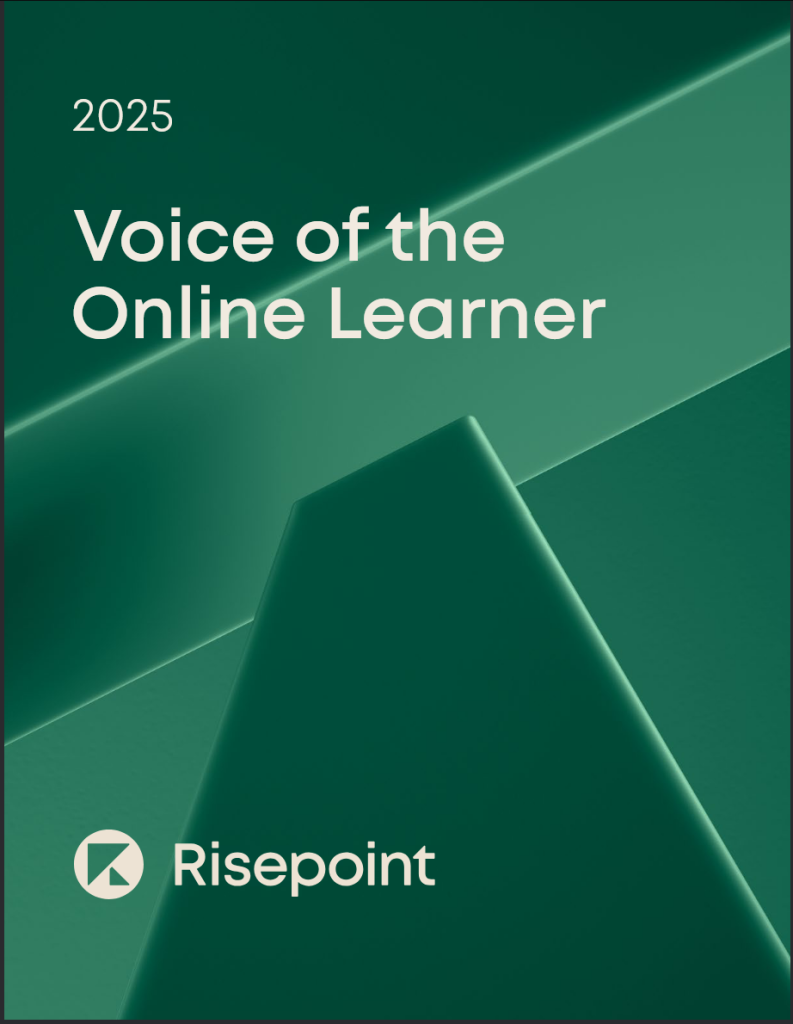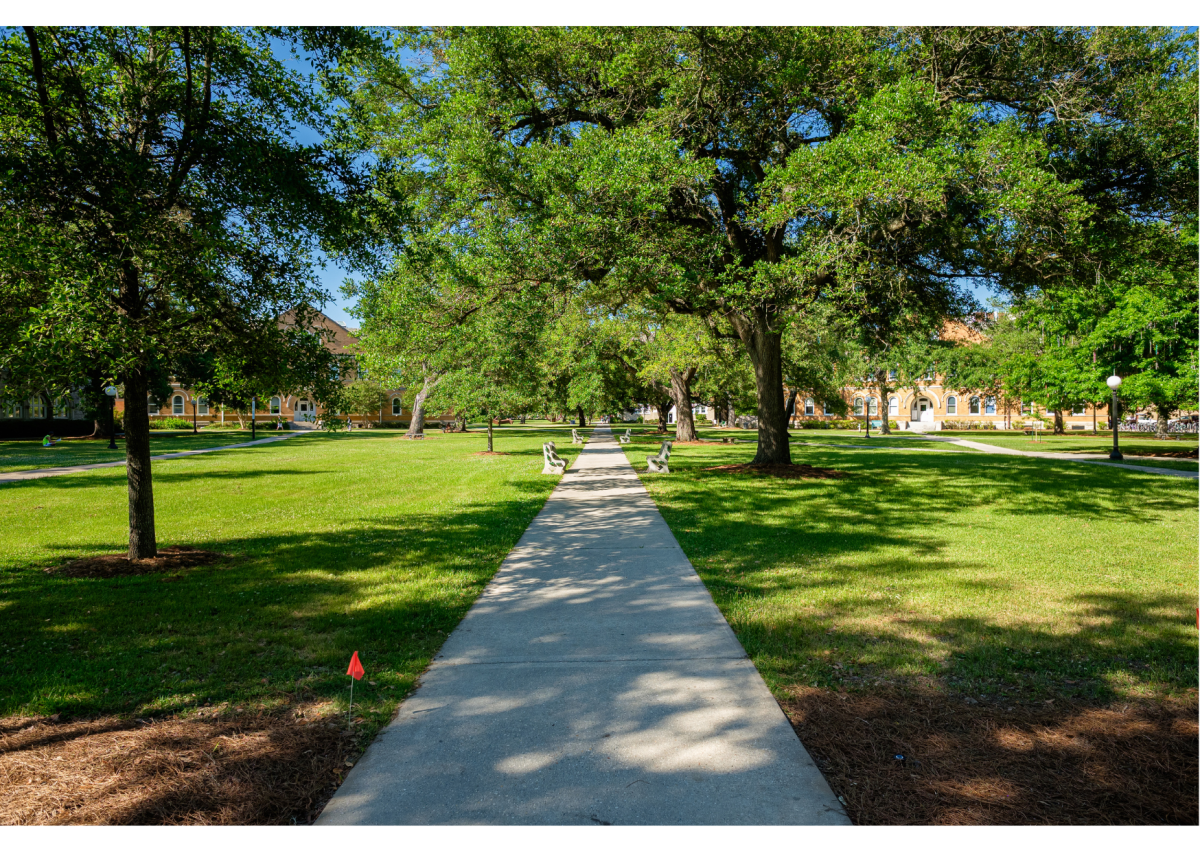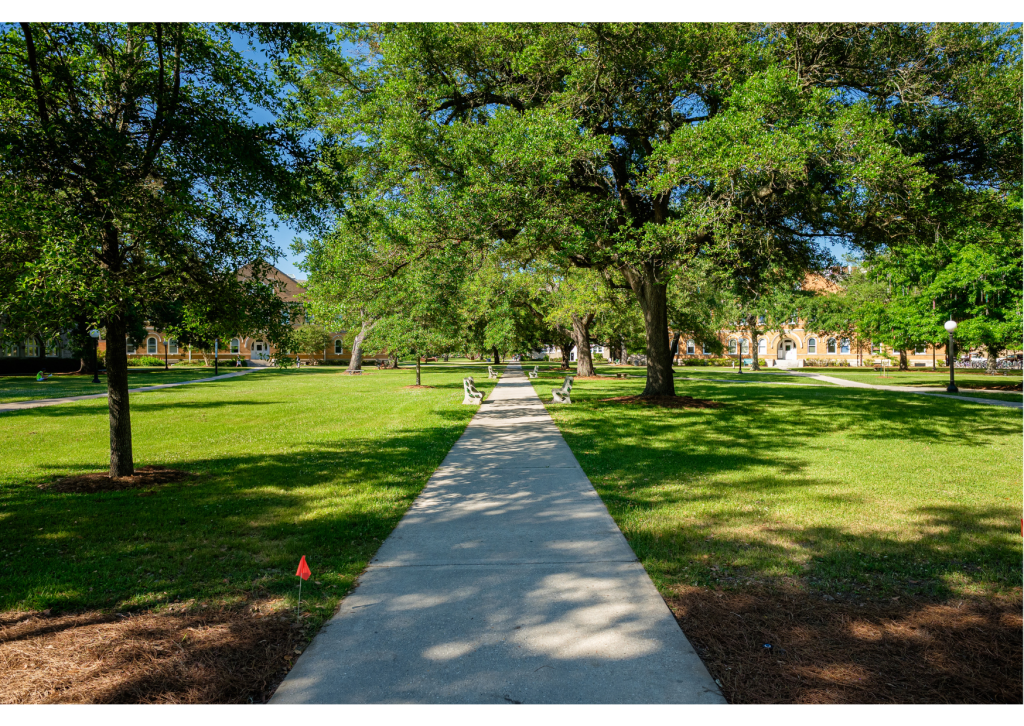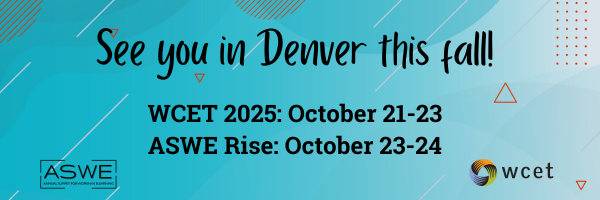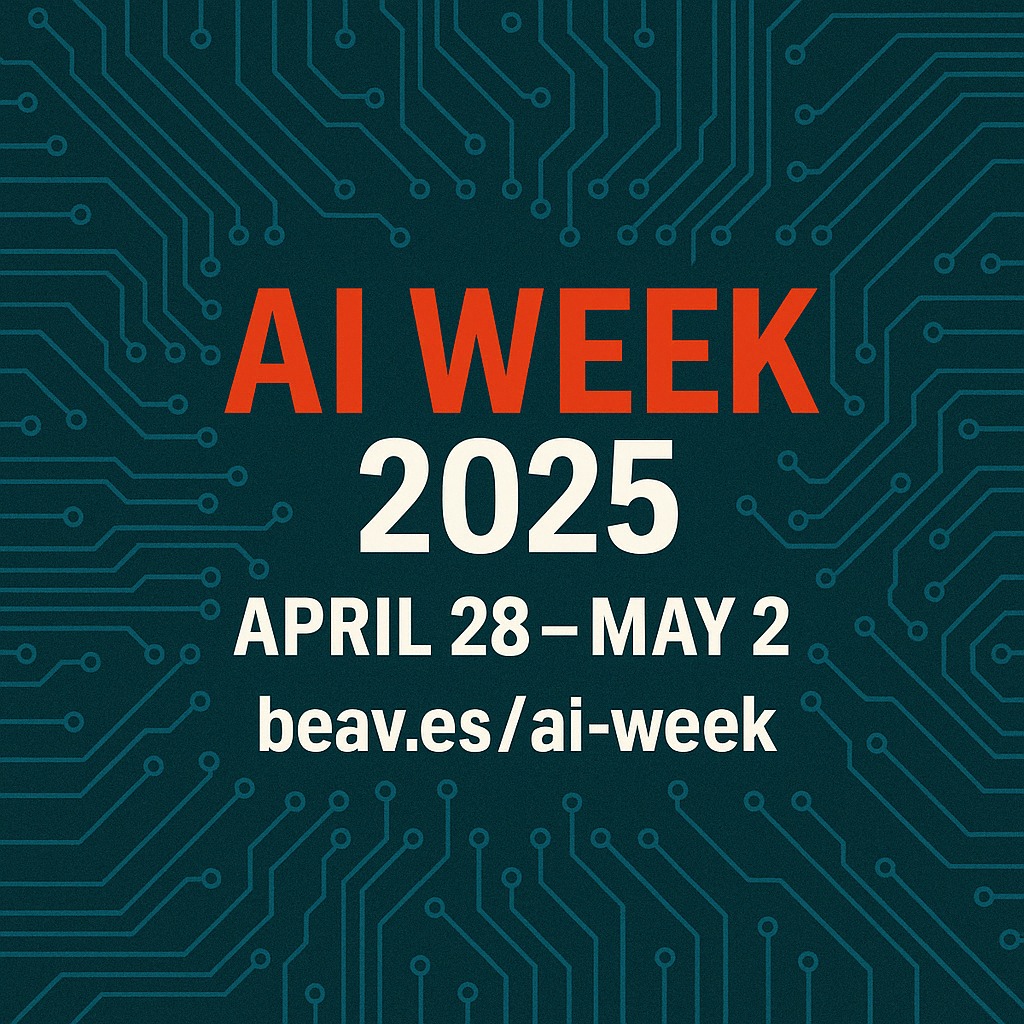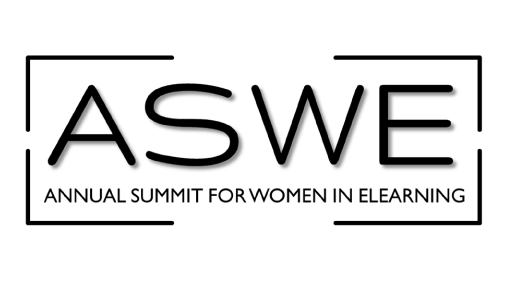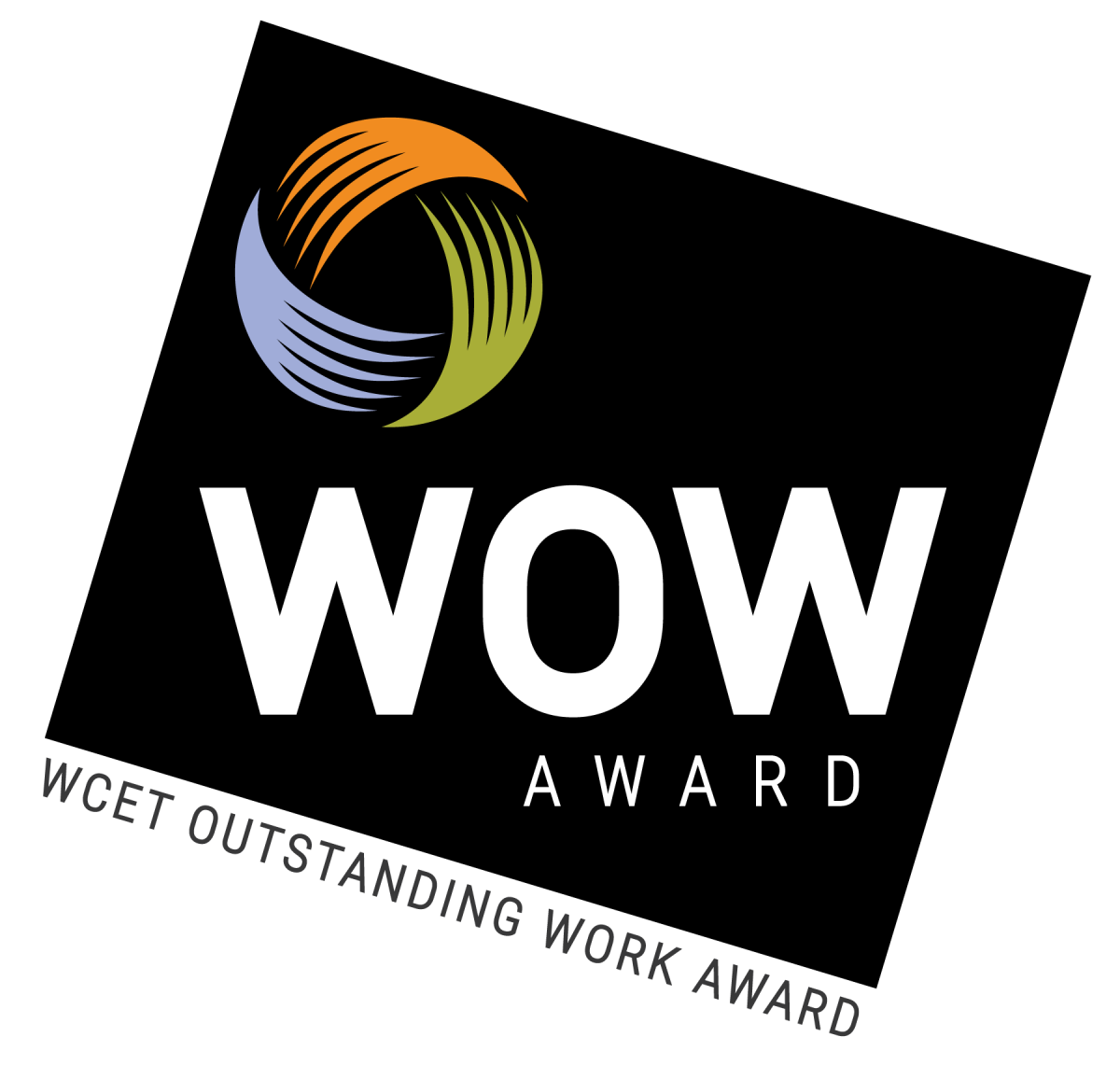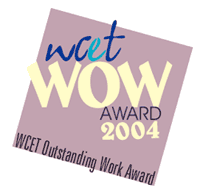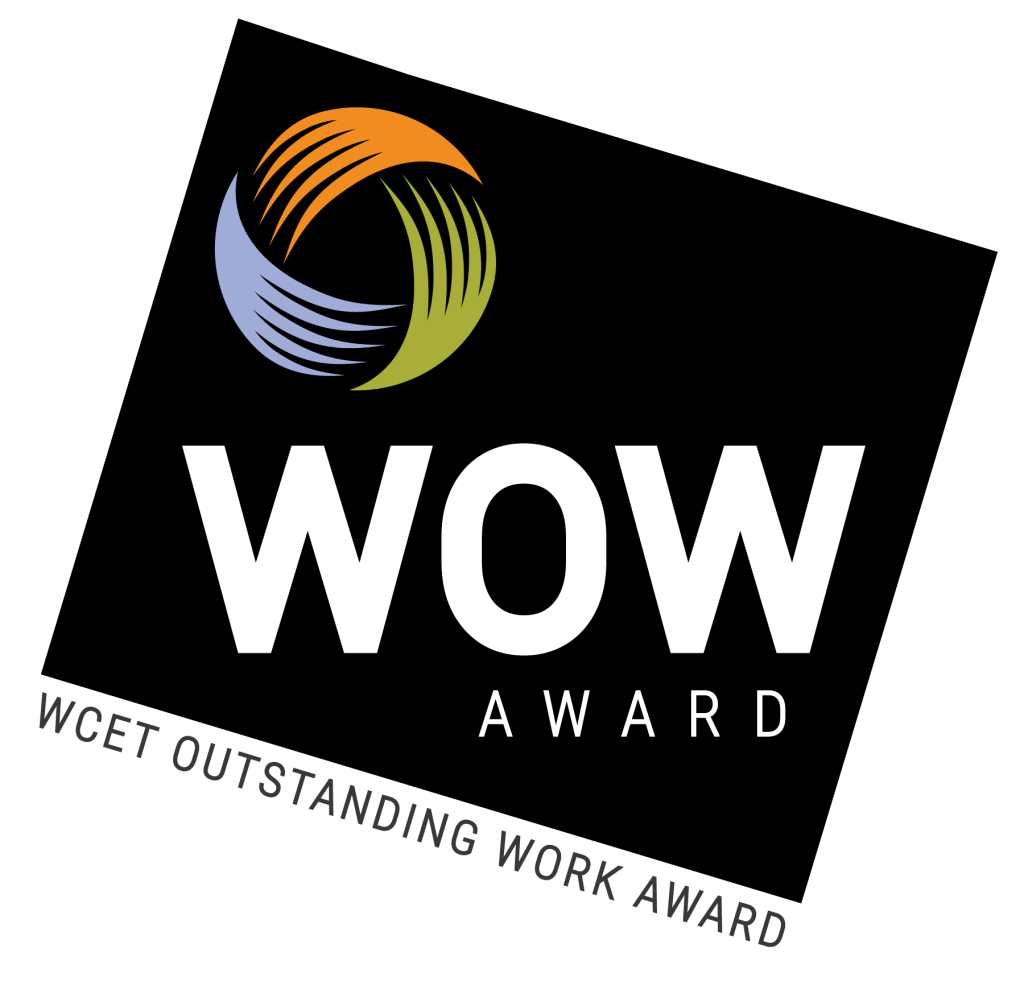Understanding the evolving needs of online learners is essential for designing programs that truly serve today’s students (and tomorrow’s workforce). This year, WCET is pleased to help share findings from the Voice of the Online Learner report, produced by our partners at Risepoint. Now in its 14th year, the 2025 edition provides a compelling look into the motivations, preferences, and concerns that shape the digital learning experience. These insights can help us better understand what today’s online learners truly need: from flexibility and affordability to stronger academic support or support for a growing interest in how AI will shape their futures. One detail that stood out to me: 80% of students choose their learning modality before they ever look at a program. This suggests to me that the online experience may have a significant influence on their decision-making.
I encourage anyone involved in designing or supporting digital learning to explore the findings below, download the full report for more detailed information, and watch the recent WCET webcast for thoughtful reflections from our colleagues in the field. It’s time we listen and learn from the students shaping the future of higher education.
Enjoy the read,
Lindsey Downs, Editor, WCET Frontiers
Each year in the Voice of the Online Learner report, we share the motivations, learning preferences, and challenges of online students. These results can provide WCET members with the opportunity to design programs and offerings that will provide the most value and impact for the students, employers, and the communities they serve.
The 14th iteration of the report reflects our continued work at Risepoint to understand online learners and support universities in fulfilling their needs, especially as they evolve.
Key findings from the 2025 Voice of the Online Learner
Learners are juggling multiple personal and professional responsibilities
Many learners work while pursuing further education, such as degrees, and are determined to advance in their careers.They believe the quality of an online education is comparable to or better than an on-campus degree and that their employers feel the same way. Unsurprisingly, affordability is still the top factor for choosing an online program, and flexibility is essential. Notably, 80% of learners pick modality first (online vs. hybrid or in-person) and then look for programs to match.
Learners are seeking opportunities for support and connection

Online learners want the flexibility and format of online learning. However, they are increasingly open to additional opportunities to receive academic support and foster social connections, which can include on-campus activities.
Online learners want this as an option, rather than as a requirement, due to the competing demands most of them juggle. About two thirds of students expressed interest in logging in synchronously at least once per course, with 62% of those citing hearing instructors explain complex topics and answer questions in a live session as their top reason for logging on.
Learners know Gen AI will change their jobs – and they need help
Students recognize the growing importance of Gen AI for future job success (67%) and cite concerns around lack of integration with their current working or learning experiences (69%). Compounding their concern is their uncertainty as to the impact that Gen AI will have on their future job prospects.
Learners seek in-role growth more than job changes – and feel some uncertainty
A large percentage of prospective, enrolled, and recently graduated students see online education as the means to advance within the career path that they’re already following, by obtaining new skills to improve performance in their existing roles, increasing salaries, or achieving internal promotions. Three in four agree that an advanced degree is necessary to improve career prospects.
Learners see alternative credentials for immediate, rather than long-term, benefit

In an expanded section on lifelong learning and alternative credentials, we saw that learners are availing themselves of such offerings in increasing numbers.
However, they’re doing so primarily to gain specific, in-the-moment skills to accelerate in-role growth or to pursue an area of interest, rather than because they see long-term value either from employers or in the ability to bundle such programs into a degree.
Lack of employer recognition drives skepticism, while learners may simply be unaware of the option to stack non-degree programs into a degree. Only 11% cited stackability as a key reason for pursuing alternative credentials.
Dive deeper into the research!
Download the full report to learn more about these emerging findings and for clear and actionable takeaways for university leadership to develop impactful online programs. Watch the webinar recording of the WCET Webcast: Using Modern Students’ Voices to Inform Your Online Ecosystem, where Dr. Tim Wall, School of Education, Health, and Human Services Dean at Northwest Missouri State University, and I shared valuable insights from these research findings.
This post was written by Dr. Tekoya Boykins, Director, Academic Program Strategy, Risepoint

